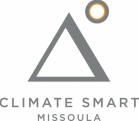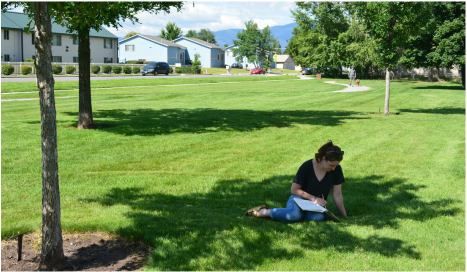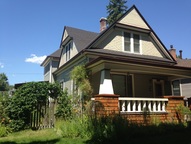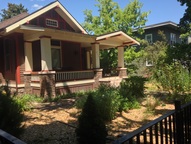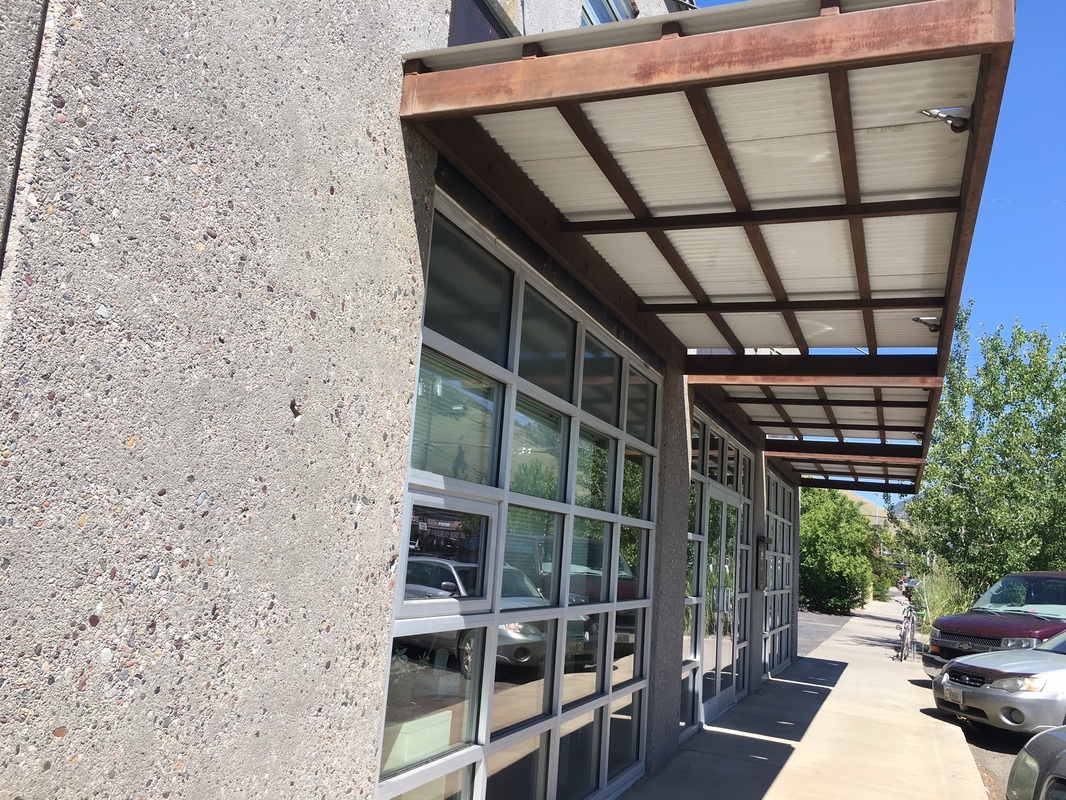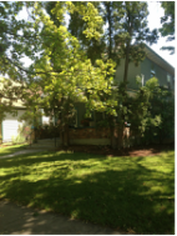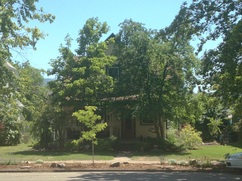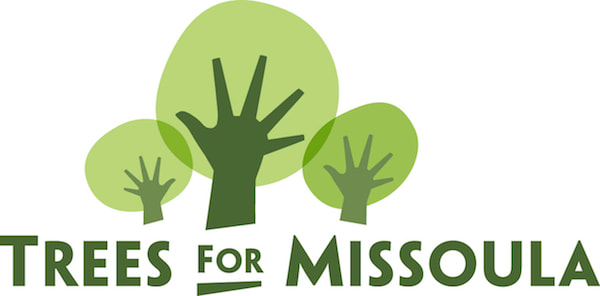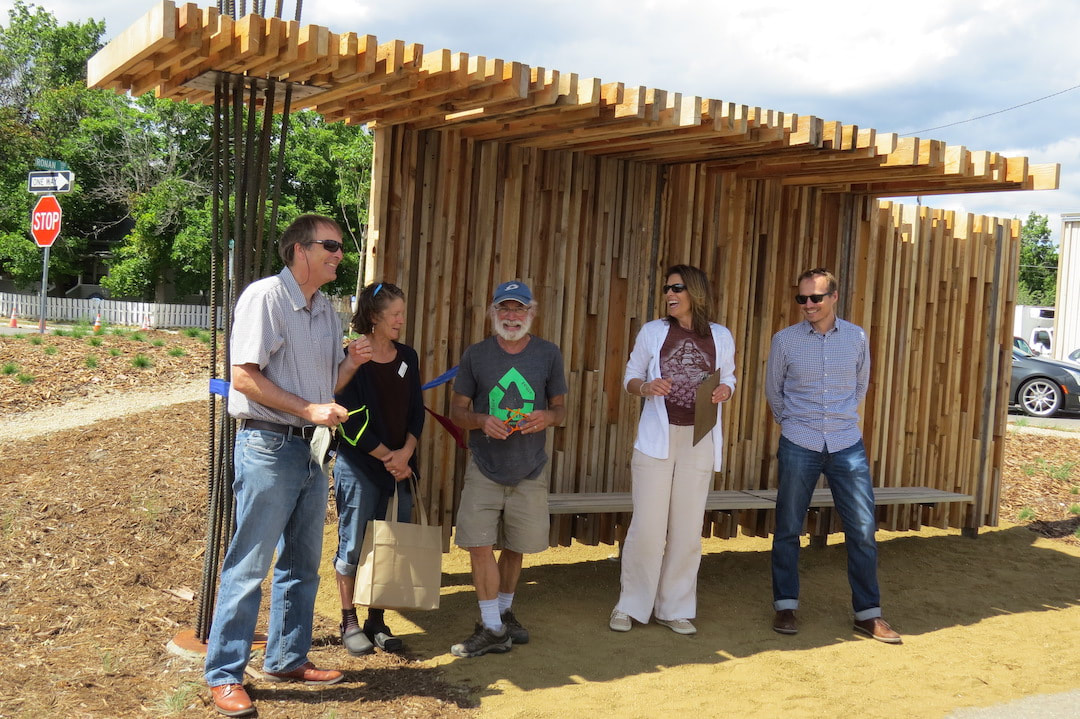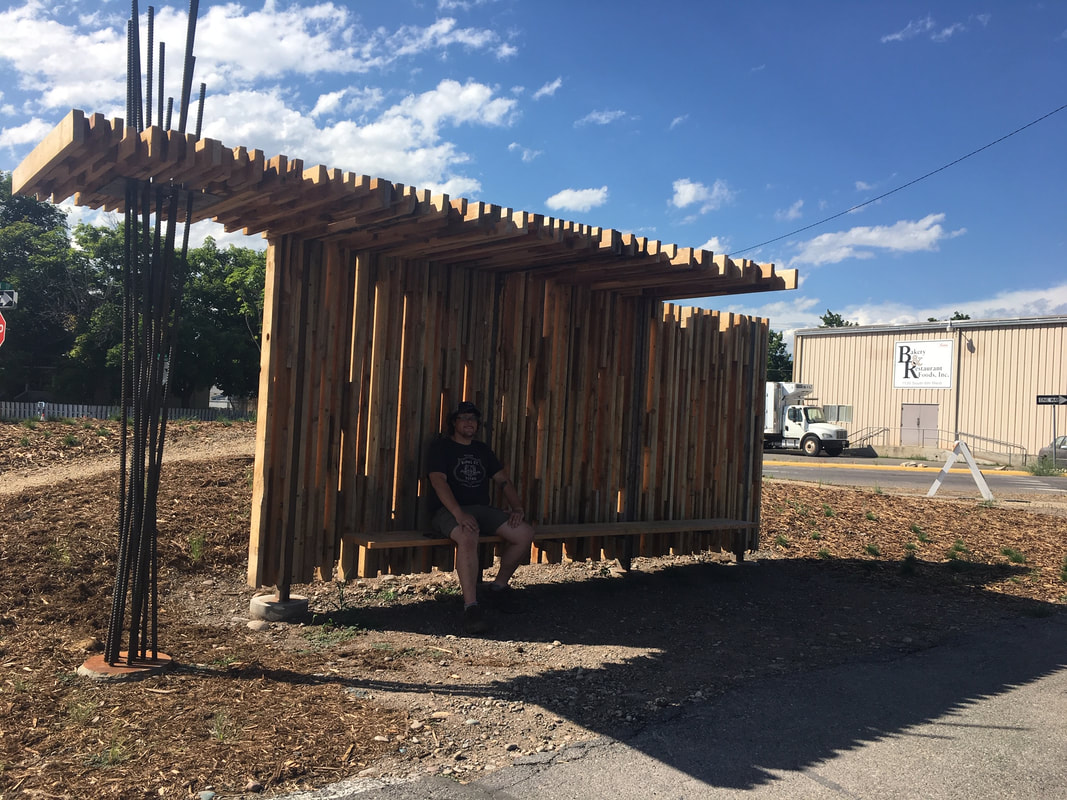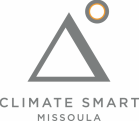Shade helps us stay happy and healthy during hot summer days. We can create shade around our homes, schools, parks, sidewalks, roads, and businesses - it's easy! Many things we do to create shade, like planting trees, also have other benefits in addition to keeping us cool.
|
GROW TREES, SHRUBS, AND VINES TO CREATE AN URBAN OASIS! Trees and other plants help keep homes, businesses, and communities cool during the summer.
URBAN TREES
When planted in the right place, trees can provide shade to homes, parks, businesses, roads, and more! how do urban trees help with heat?
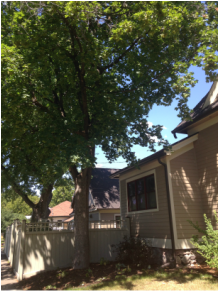
Trees and vegetation lower surface and air temperatures by providing shade as well as through evapotranspiration. Shaded surfaces, for example, may be 20–45°F cooler than the peak temperatures of unshaded areas. Evapotranspiration (sweaty plants or soil), alone or in combination with shading, can help reduce peak summer temperatures by 2–9°F.
As added benefits, trees can help us adapt to climate change, filter pollutants from the atmosphere, reduce energy bills, increase property value, and provide habitat for birds and critters to co-exist with us in our city in the forest! where should i plant?
Planting trees or vines to the west and south are typically most effective for cooling, especially if they shade windows and part of the building’s roof. what should i plant?
Drought-resistant, native trees
We have a new nifty one-pager describing what kinds of trees and shrubs to consider planting!
OTHER PLANTS
A well-landscaped yard, or just a few plants, can reduce the need for air conditioning while increasing home value! |
BUILD IT. ADD IT. CREATE IT. Shade matters when it's hot. Shading is the most efficient way to cut solar heat gain through windows and walls. There are many simple and cool ways to add shade for your indoor and outdoor comfort!
AWNINGS
BLINDS
Exterior Blinds True to their name, exterior blinds are mounted on outside and above a window. They provide the most heat reduction during hot summer months. And by letting some light in, you don't feel like you're living in a cave! Interior Blinds A simple and easy way to start shading and reducing heat in your home! Highly reflective blinds, when completely closed on a sunny window, can reduce heat gain up to 45%. They can also be adjusted to block and reflect direct sunlight onto a light-colored ceiling. A light-colored ceiling will diffuse the light without much heat or glare. And curtains are better than nothing. sun screens
Sunscreens are one of the most inexpensive shade structures. They can be installed outside your home to absorb 65-70% of solar heat gain! shade sails
You can shade windows or other outdoor spaces with stylish shade sails! They are made of durable fabric, are easy to install, and come in many different colors. |
SHADE SHELTERS
Afternoon shade during the heat of the summer is essential. And if we're adding shade to our public spaces, why not make it architecturally awesome, build it out of wood scraps, place it where people walk and bike, and do it all collaboratively? We now have four shade shelters in Missoula with another to come in 2023!
Shade Shelter #1 along the RiverOur first Shade Shelter is along the Milwaukee Trail, south side of the Clark Fork River, near the Higgins Bridge.
We partnered with the fine folks at MMW Architects to design and build our first shade shelter for Missoula. MMW created the design and helped us every step of the way. MMW partnered with Beaudette Consulting Engineers to ensure the structure would stand the test of time. The wood structure was built by our friends at Home ReSource who carefully pieced together scrap wood off-cuts and "workshopped" the building of the structure with their crew! The pieces came together with additional donated reused planks from our friends at Heritage Timber. Boyce Lumber donated materials for the concrete forms. The irreplaceable Bob from Bitterroot Welding crafted the metal pieces, brought the structure to the site, and welded everything in place. Native Yards stepped in at the end to provide the decomposed granite surface. Thanks Don, Sarah and Chris from MMW, Steve from Home ReSource and Morgan from Missoula's Parks and Recreation Dept. Thanks to Rick and Scott for strategizing and on site.
Funding for this first Shelter came from our 2016 Bloomberg Award for Partners for Places - a project of the Funders’ Network for Smart Growth and Livable Communities. Thank you Bloomberg Philanthropies! We were also generously supported by our community partners as noted, and by New Belgium Brewing Co.
|
Shade Shelter #2 - the Bitterroot TrailOur second Shade Shelter is along the Bitterroot Trial, 6th St + Ronan.
This one came about as we partnered with Trees for Missoula and Missoula Parks and Rec. Again we partnered with MMW Architects to design a shelter to maximize shade at this site and with Home ReSource to build the frame itself. This creatively designed shelter, along with newly planted trees and native grasses, adds a unique spark to an area along this popular trail. Brought to our community by the efforts of myriad partners, the shelter is also made from reclaimed lumber and wood milled from dead trees removed from the urban forest.
Many other businesses and community volunteers helped make this shelter happen. Funding came from a $7,500 DNRC Program Development Grant to Trees for Missoula and $2,500 from the Washington Foundation (via the Montana Urban and Community Forestry Association) plus in-kind direct support from all involved. Here's the Ribbon Cutting newsflash on ABCFox - July 19! |
